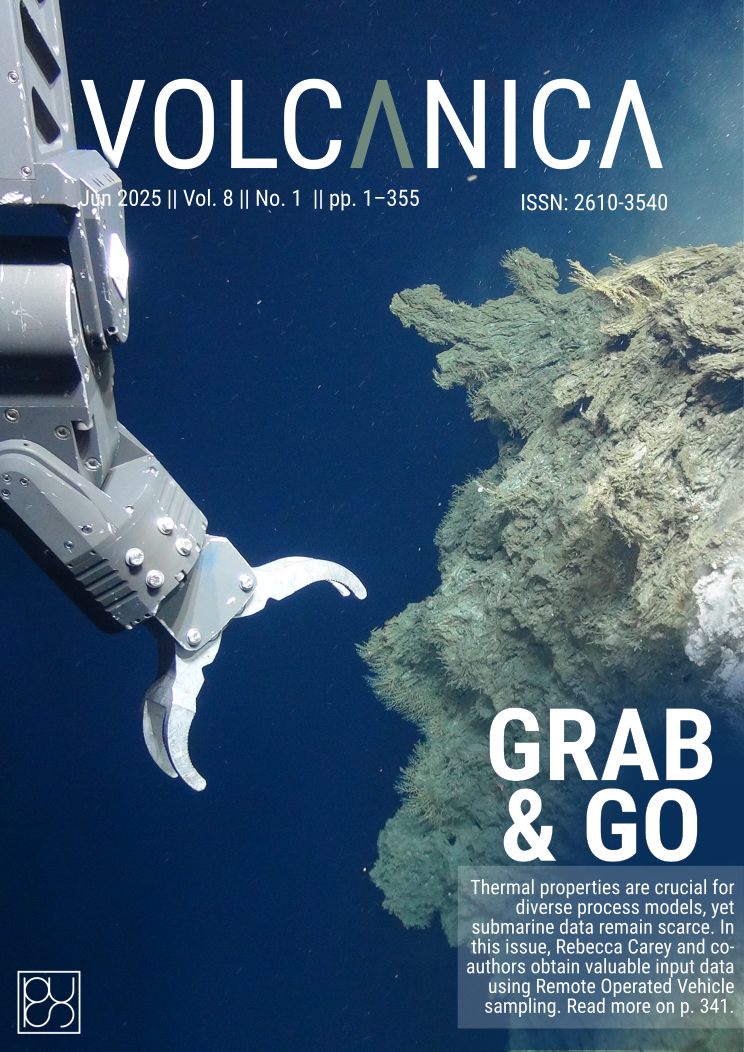A generalized deep learning model to detect and classify volcano seismicity
Main Article Content
Abstract
Volcano seismicity is often detected and classified based on its spectral properties. However, the wide variety of volcano seismic signals and increasing amounts of data make accurate, consistent, and efficient detection and classification challenging. Machine learning (ML) has proven very effective at detecting and classifying tectonic seismicity, particularly using Convolutional Neural Networks (CNNs) and leveraging labeled datasets from regional seismic networks. Progress has been made applying ML to volcano seismicity, but efforts have typically been focused on a single volcano and are often hampered by the limited availability of training data. We build on the method of Tan et al. [2024] (10.1029/2024JB029194) to generalize a spectrogram-based CNN termed the VOlcano Infrasound and Seismic Spectrogram Neural Network (VOISS-Net) to detect and classify volcano seismicity at any volcano. We use a diverse training dataset of over 270,000 spectrograms from multiple volcanoes: Pavlof, Semisopochnoi, Tanaga, Takawangha, and Redoubt volcanoes\replaced (Alaska, USA); Mt. Etna (Italy); and Kīlauea, Hawai`i (USA). These volcanoes present a wide range of volcano seismic signals, source-receiver distances, and eruption styles. Our generalized VOISS-Net model achieves an accuracy of 87 % on the test set. We apply this model to continuous data from several volcanoes and eruptions included within and outside our training set, and find that multiple types of tremor, explosions, earthquakes, long-period events, and noise are successfully detected and classified. The model occasionally confuses transient signals such as earthquakes and explosions and misclassifies seismicity not included in the training dataset (e.g. teleseismic earthquakes). We envision the generalized VOISS-Net model to be applicable in both research and operational volcano monitoring settings.
Downloads
Article Details

This work is licensed under a Creative Commons Attribution 4.0 International License.
© The Author(s).
Submission of an original manuscript to Volcanica will be taken to mean that it represents original work not previously published, and not being considered for publication elsewhere.
The Creative Commons Attribution 4.0 International License permits unrestricted use, distribution, and reproduction in any medium, provided you give appropriate credit to the original author(s) and the source, provide a link to the Creative Commons license, and indicate if changes were made.
Accepted 2025-05-05
Published 2025-06-12





